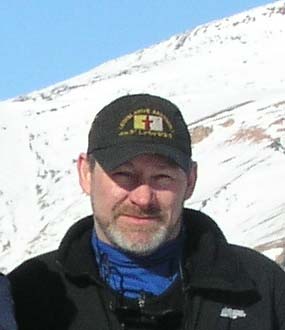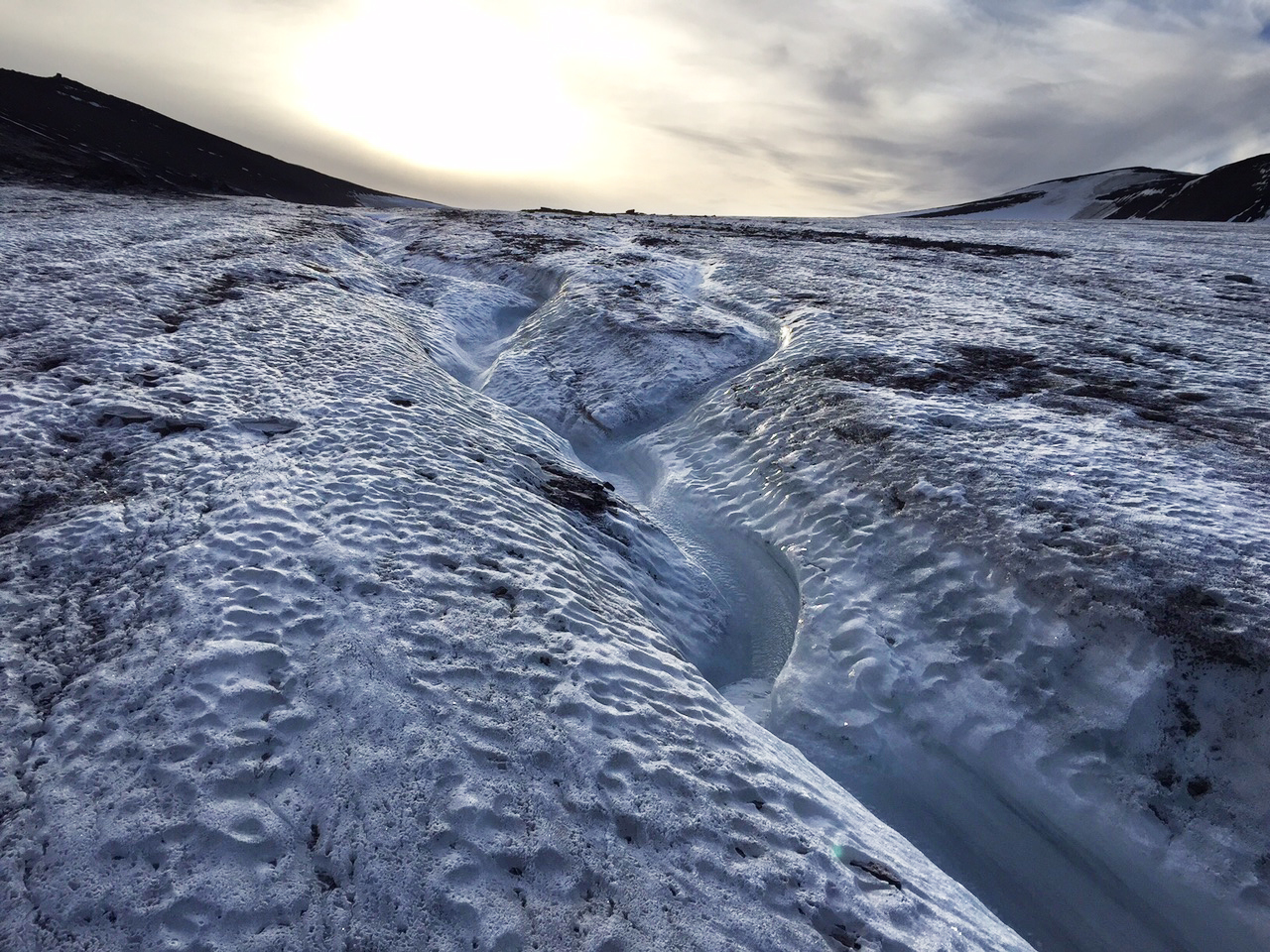 Canadian Arctic scientist Dr. Wayne Pollard has been awarded the Weston Family Prize for Lifetime Achievement in Northern Research. Dr. Pollard has dedicated more than 40 years to studying permafrost, a layer in the earth that stays below zero degrees centigrade. His discoveries, particularly on ground ice and groundwater interaction with permafrost, have led to numerous innovations in Northern research and enriched our understanding of climate change.
Canadian Arctic scientist Dr. Wayne Pollard has been awarded the Weston Family Prize for Lifetime Achievement in Northern Research. Dr. Pollard has dedicated more than 40 years to studying permafrost, a layer in the earth that stays below zero degrees centigrade. His discoveries, particularly on ground ice and groundwater interaction with permafrost, have led to numerous innovations in Northern research and enriched our understanding of climate change.
“Without Dr. Pollard’s pioneering research in permafrost and geohydrology, we would have plenty of unanswered questions about the Canadian Arctic,” said Geordie Dalglish, director of The W. Garfield Weston Foundation and chair of its Northern Committee. “It is a true honour to present him with the Weston Family Prize for Lifetime Achievement in Northern Research and recognize his significant contributions made here in Canada and beyond.”
One of Dr. Pollard’s achievements is being the first to systematically study the phenomena of perennial springs in high Arctic polar deserts. This finding revealed that liquid water can flow freely in environments with below freezing temperatures and also that this process contributes to a series of unique geomorphic processes. The high concentration of salt in these perennial springs keeps the water from freezing as it travels up through permafrost to the surface, creating unusual ice and mineral formations and salt pockets, signaling active water underground. This discovery led to a partnership with the Canadian Space Agency and NASA to aid in the search for water, and potentially life, on other planets with extremely cold climates including Mars, the Earth’s moon and Enceladus – Saturn’s sixth largest moon.
Dr. Pollard’s research also details the implications of melting ground ice in permafrost due to climate change. His application of geomorphology, the study of physical features of the earth’s land surfaces, explains that when ice in permafrost thaws, the land can slip down and collapse impacting northern communities. In fact, earlier this year, Dr. Pollard and colleagues from McGill University published a study of almost 30 years of aerial surveys and ground mapping of the Eureka Sound Lowlands in Nunavut. Findings revealed that the unstable, changing terrain has created horseshoe-shaped features called retrogressive thaw slumps.
Dr. Pollard received the $100,000 prize at ArcticNet’s 2019 Annual Scientific Meeting in Halifax. The recognition includes a $50,000 unencumbered cash prize with additional funds for a research fellowship position to support Dr. Pollard’s continued work.
“I am honoured to receive this recognition from The W. Garfield Weston Foundation,” said Dr. Wayne Pollard. “I remember vividly my first trip to the Yukon at the beginning of my career and am still in awe and deeply intrigued by the harshness and isolation of Northern Canada. I hope that being recognized this way may also inspire more Canadians to become scientists so we can continue to advance our understanding of the high Arctic.”
Beyond his ground breaking research, Dr. Pollard has made significant contributions to the technological advancement of geophysical tools in the field. He has pioneered uses of new and non-invasive technologies to address complex problems relating to permafrost in high Arctic communities. Here again, Dr. Pollard’s novel approaches are being explored by NASA for their potential to help study distant planets.
Dr. Pollard’s work also includes furthering scientific education where his fieldwork is conducted. He has organized numerous science camps in Nunavut to share field learnings with Inuit students, promoting science in high schools. In 2008, Dr. Pollard helped prepare and lead Spaceward Bound, a NASA-CSA education and outreach project that developed curriculum materials on space exploration, astrobiology, and planetary analogs with Inuit high school teachers. Guided by his experience in the North, he has also developed and taught a northern specific science course for Inuit teachers through the McGill Office for First Nations and Inuit Education’s Teaching Teachers Program.
Header image credit: Dr. Homa Kheyrollah Pour.









